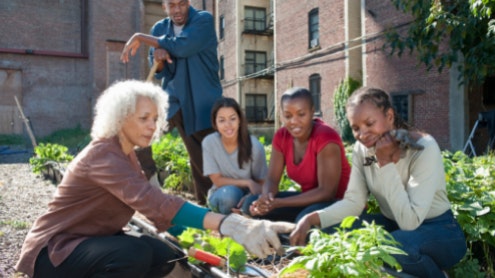Homepage
•
Learning Library
•
Blog
•
Drive Student Success With a Digital Badging Program
Expand breadcrumbs
Expand breadcrumbs
- Learning Library
- Blog
- Drive Student Success With a Digital Badging Program
- Homepage
- •
- Learning Library
- •
- Blog
- •
- Drive Student Success With a Digital Badging Program
Drive Student Success With a Digital Badging Program
By Paul Wurster
February 16, 2022








